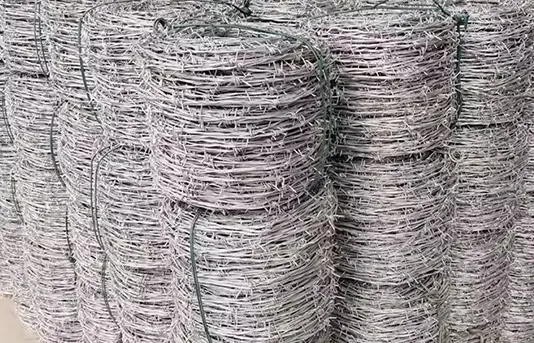-
 Phone:
Phone: -
 Email:
Email:

Installation of Rockfall Netting for Slope Stabilization and Landslide Protection
Rockfall Netting Installation A Comprehensive Guide
Rockfall netting is an essential component of slope stabilization in mountainous and hilly regions where the risk of rockslides poses a significant threat to infrastructure and human safety. Installing rockfall netting effectively mitigates the dangers posed by falling rocks, thereby protecting roads, railways, and buildings from potential damage. This article provides a comprehensive overview of the rockfall netting installation process, its benefits, and considerations to ensure successful implementation.
Understanding Rockfall Netting
Rockfall netting is a form of passive rockfall protection. It is typically made from high-strength steel wire or synthetic materials, designed to catch and contain falling rocks. The mesh can be installed on slopes, cliffs, or any areas where loose rocks may pose risks. The primary goal of installing this type of netting is to absorb and redirect the energy of falling rocks, preventing them from reaching critical infrastructure.
Preparation for Installation
Before installing rockfall netting, a thorough site assessment is necessary. This assessment includes geological surveys to evaluate the type of rock, slope stability, and existing vegetation. Understanding these factors helps in designing a customized netting solution tailored to the specific site conditions.
Next, a detailed plan for installation must be developed. This plan should account for the dimensions of the area to be protected, the type of netting required, anchoring systems, and potential environmental impacts. Engaging with civil engineers and environmental consultants during this phase can provide valuable insights and ensure compliance with local regulations.
Installation Process
Once the planning phase is complete, installation can begin. The process typically involves several key steps
1. Site Preparation Clear the area of debris, loose rocks, and vegetation that could hinder the installation process. It’s crucial to ensure proper drainage and to address any potential erosion issues.
rockfall netting installation

2. Anchor Installation The next step involves drilling holes into the rock face to install anchors. These anchors are usually made from steel and are critical for holding the netting in place. Proper spacing and depth of the anchors are essential to ensure the stability and effectiveness of the system.
3. Netting Setup After the anchors are in place, the rockfall netting is unfurled and attached to the anchors. Netting should be tensioned appropriately to avoid sagging, which could reduce its effectiveness. Special care should be taken to ensure that the netting fits the contours of the slope closely.
4. Securing the Edges The edges of the netting are secured with additional anchors to prevent the mesh from peeling away from the rock face. This step is crucial for maintaining the integrity of the netting over time.
5. Final Inspection and Maintenance After installation, a comprehensive inspection is performed to ensure that all components are secure and functioning correctly. Regular maintenance should be scheduled to inspect for wear and tear, as environmental factors can degrade materials over time.
Benefits of Rockfall Netting
The benefits of installing rockfall netting are manifold. It significantly reduces the risks associated with rockfalls, promoting safety for both human life and infrastructure. Furthermore, rockfall netting can preserve natural landscapes by minimizing disturbances caused by heavy machinery required for more invasive forms of rock stabilization.
Additionally, rockfall netting is a cost-effective solution compared to alternatives like rock cliffs or heavy barriers, making it an economically viable option for many regions worldwide.
Conclusion
Rockfall netting installation is a vital measure for enhancing safety in areas susceptible to rockfall incidents. By understanding the installation process, preparing adequately, and ensuring regular maintenance, communities can significantly mitigate the risks associated with falling debris. As populations continue to expand into mountainous areas, the importance of effective rockfall protection will only increase, making the use of rockfall netting an essential consideration in infrastructure planning and development.
-
Wire Mesh for Every Need: A Practical SolutionNewsJul.25,2025
-
Steel Fences: Durable, Secure, and Stylish OptionsNewsJul.25,2025
-
Roll Top Fencing: A Smart Solution for Safety and SecurityNewsJul.25,2025
-
Cattle Farm Fencing Solutions for Maximum SecurityNewsJul.25,2025
-
Affordable Iron Binding Wire SolutionsNewsJul.25,2025
-
Affordable Galvanized Wire SolutionsNewsJul.25,2025
-
Wire Hanger Recycling IdeasNewsJul.25,2025








